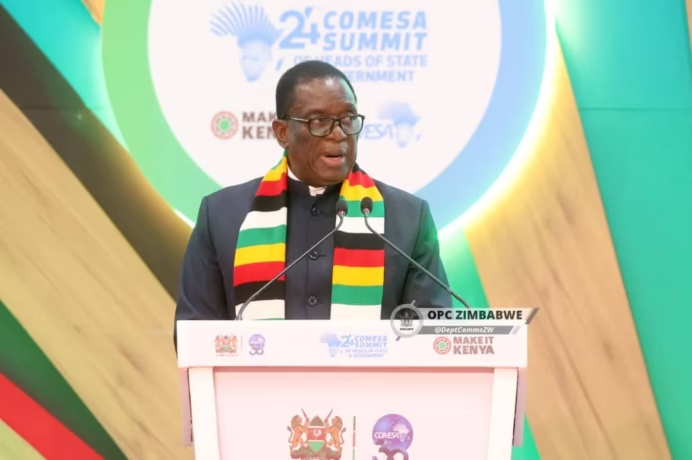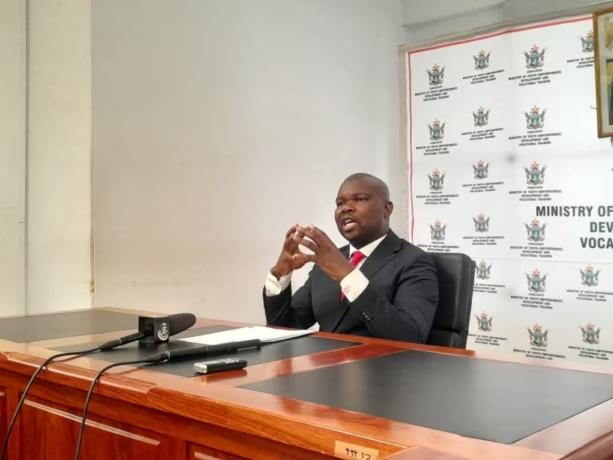
Harare, Zimbabwe’s journey toward a more stable and sovereign currency has reached a notable milestone, with gold and foreign currency reserves backing the Zimbabwe Gold (ZiG) currency now valued at US$750 million, enough to cover one month of imports. While the figure remains below the international benchmark of three to six months, the steady accumulation of reserves reflects a deliberate strategy by the Reserve Bank of Zimbabwe (RBZ) to strengthen the domestic currency and lay the foundations for a mono-currency regime.
Since its introduction in April 2024, ZiG has been central to Zimbabwe’s economic recalibration. By holding 3.5 tonnes of gold valued at US$376 million, more than double the reserves held at inception, the central bank has signaled its commitment to anchoring the currency with tangible assets. This approach goes beyond mere fiscal prudence; it represents a deliberate policy of creating confidence in the domestic currency, offering Zimbabweans and investors a tangible guarantee of value amid a historically volatile economic environment.
The significance of the reserves extends beyond numbers. Adequate foreign currency and gold reserves serve as a stabilising mechanism for exchange rates, mitigating the impact of global shocks, ensuring critical imports such as fuel and medicines, and enhancing investor confidence. As RBZ Governor Dr. John Mushayavanhu emphasized, the strategic buildup of reserves is central to sustaining economic growth and providing the monetary authorities with the tools needed to manage volatility.
From an analytical perspective, achieving a one-month import cover marks both progress and a challenge. It demonstrates disciplined accumulation and growing export earnings, particularly from gold, but also highlights the gap that remains before reaching the recommended international threshold. Bridging this gap will require sustained export growth, diaspora investment, and sound fiscal management to ensure that reserve accumulation continues without stifling domestic economic activity.
ZiG’s resilience since its introduction underscores the broader vision of a mono-currency system. By reducing reliance on foreign currency, particularly the US dollar, Zimbabwe aims to reclaim monetary sovereignty, empower local markets, and provide a foundation for longer-term economic planning. Yet, the journey ahead is as much about perception as it is about numbers. Public confidence, investor trust, and policy consistency will determine whether ZiG can fully serve as a credible store of value, medium of exchange, and tool for national economic stability.
In essence, the US$750 million milestone is more than a figure; it is a reflection of a nation cautiously navigating the complexities of currency reform, building tangible safeguards, and signaling a steady march toward a future where Zimbabwe controls its monetary destiny. The challenge will be maintaining momentum, bridging the reserve gap, and ensuring that the gains made translate into broader economic stability and growth for all Zimbabweans.




